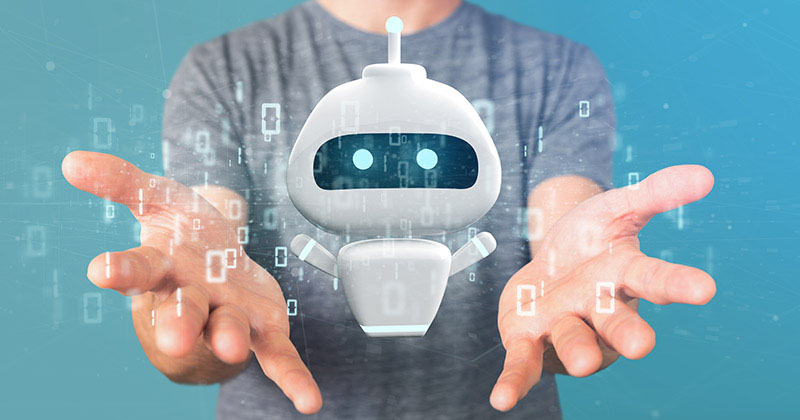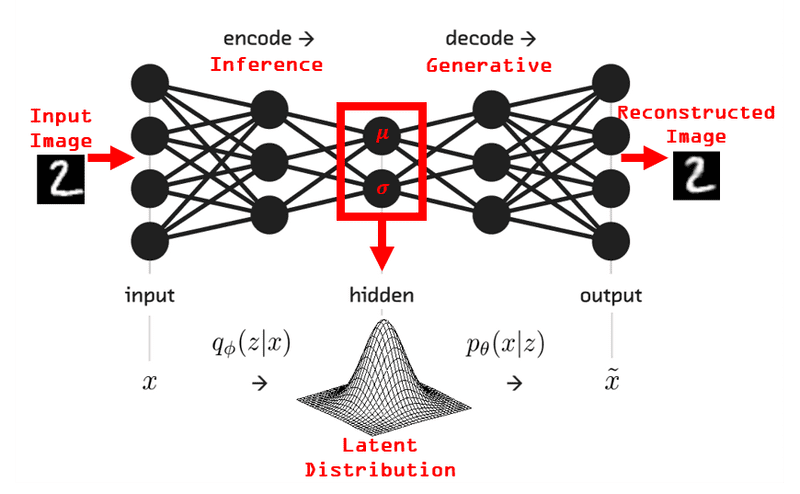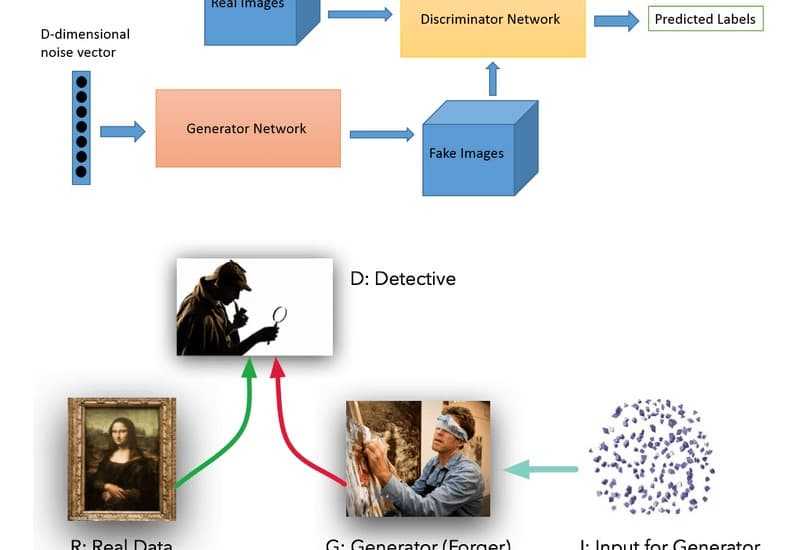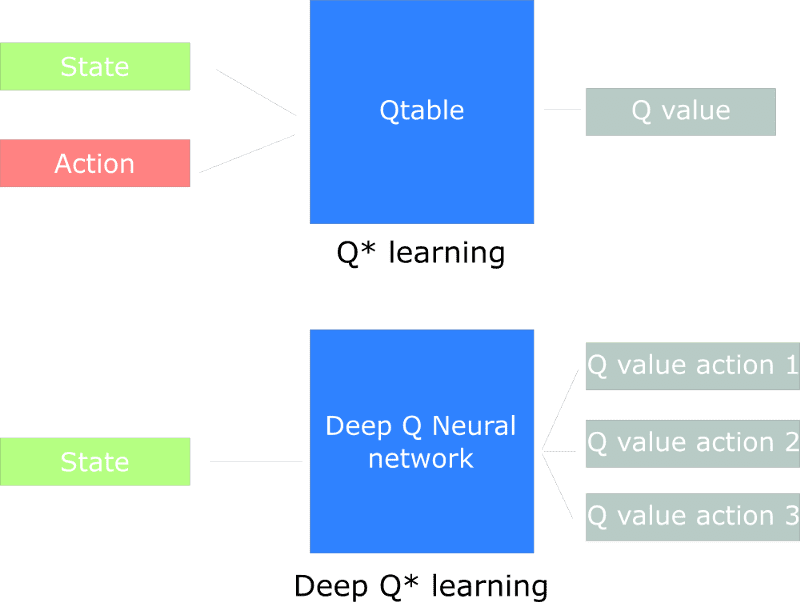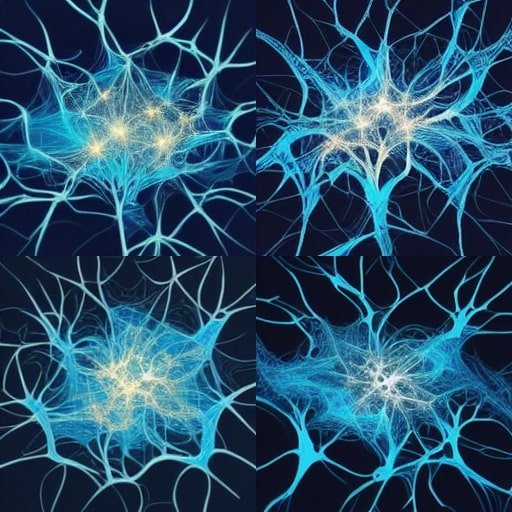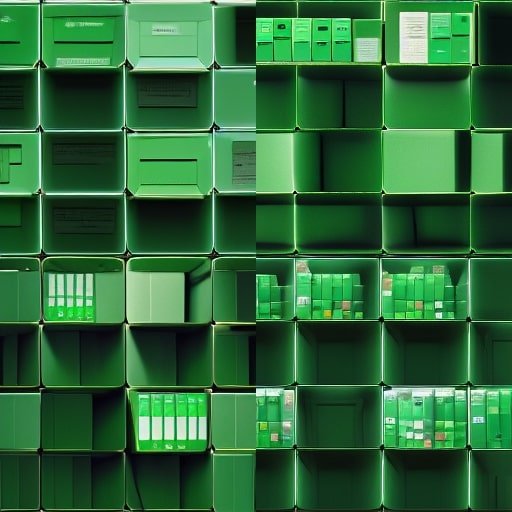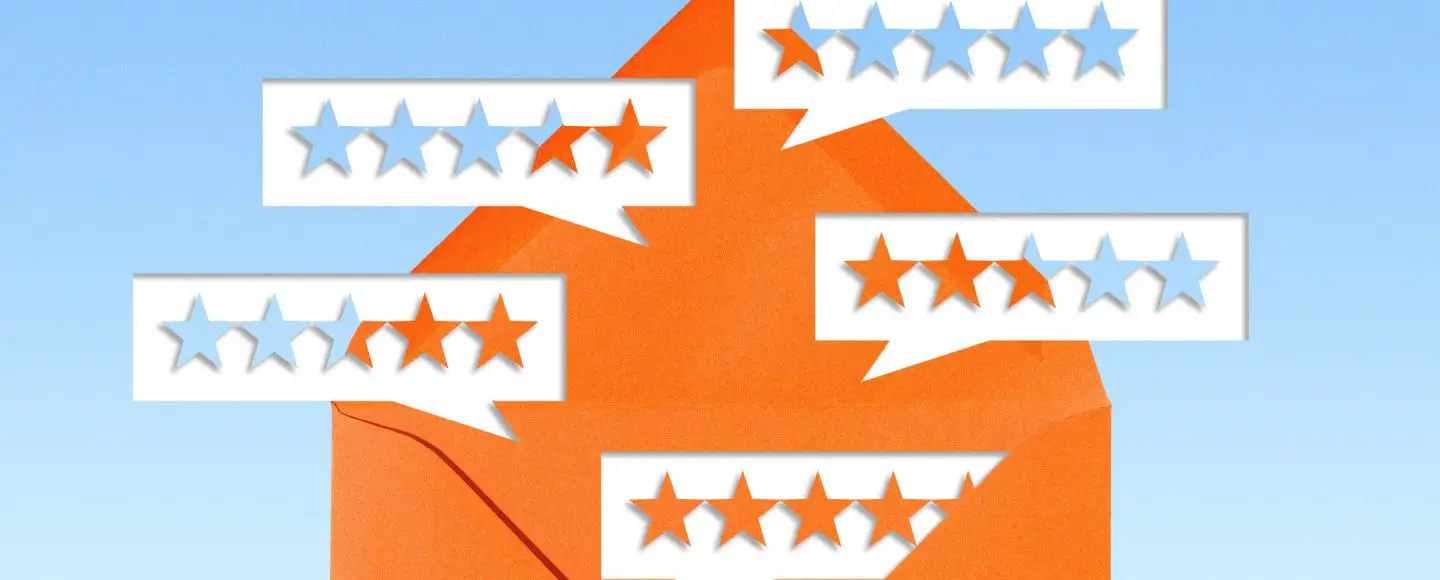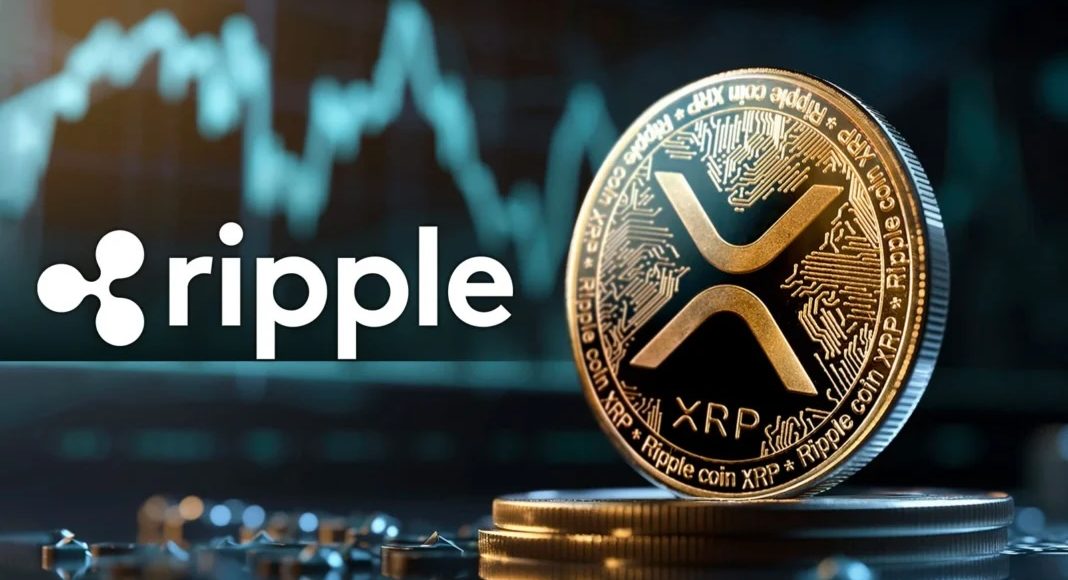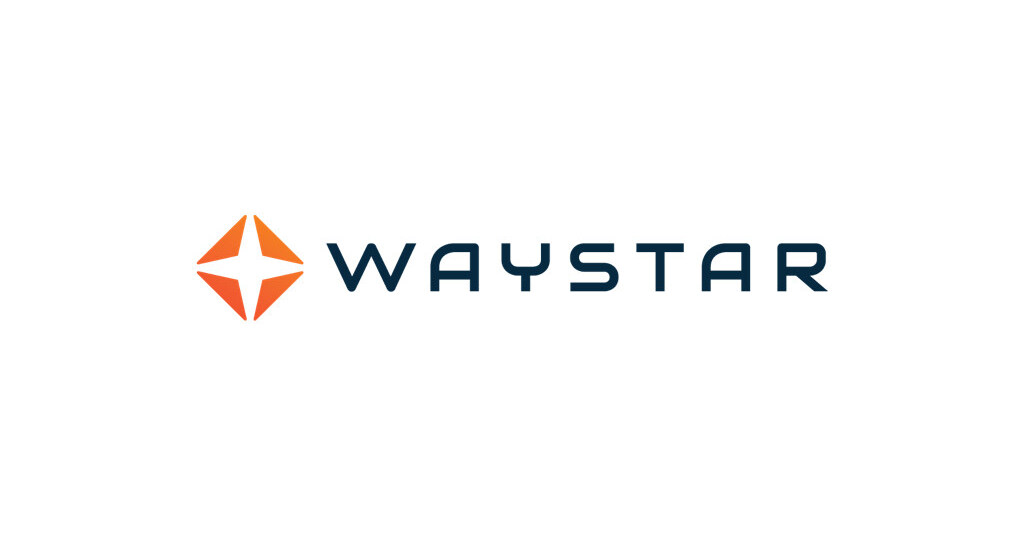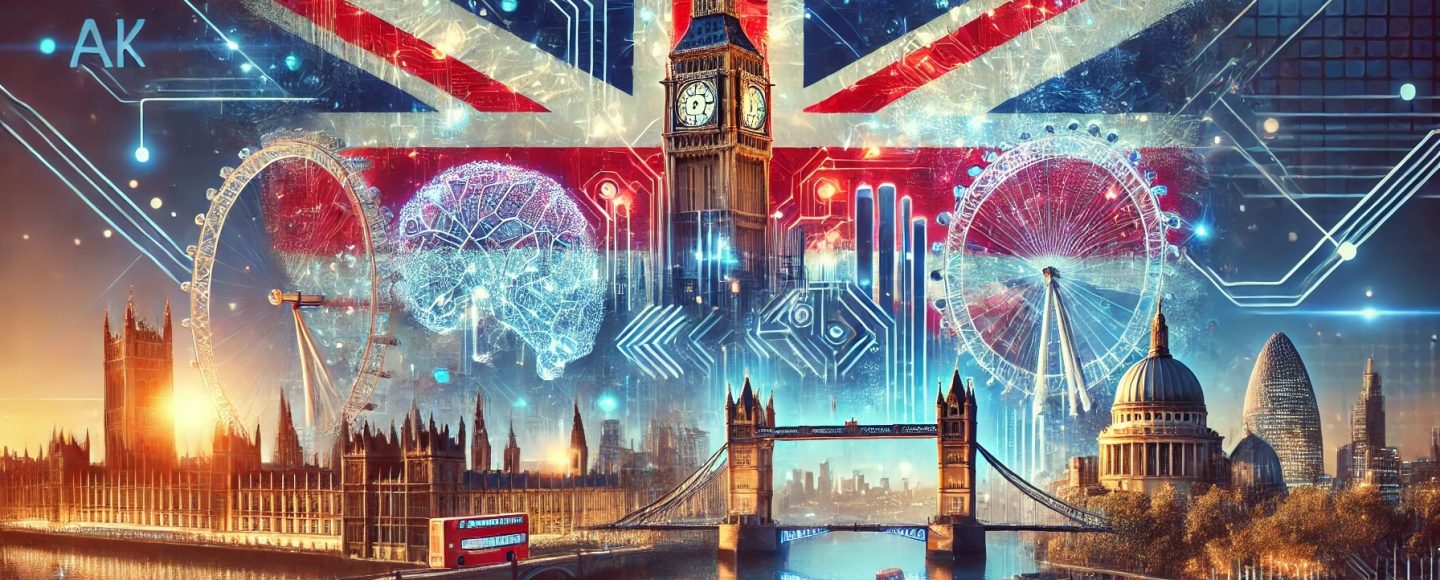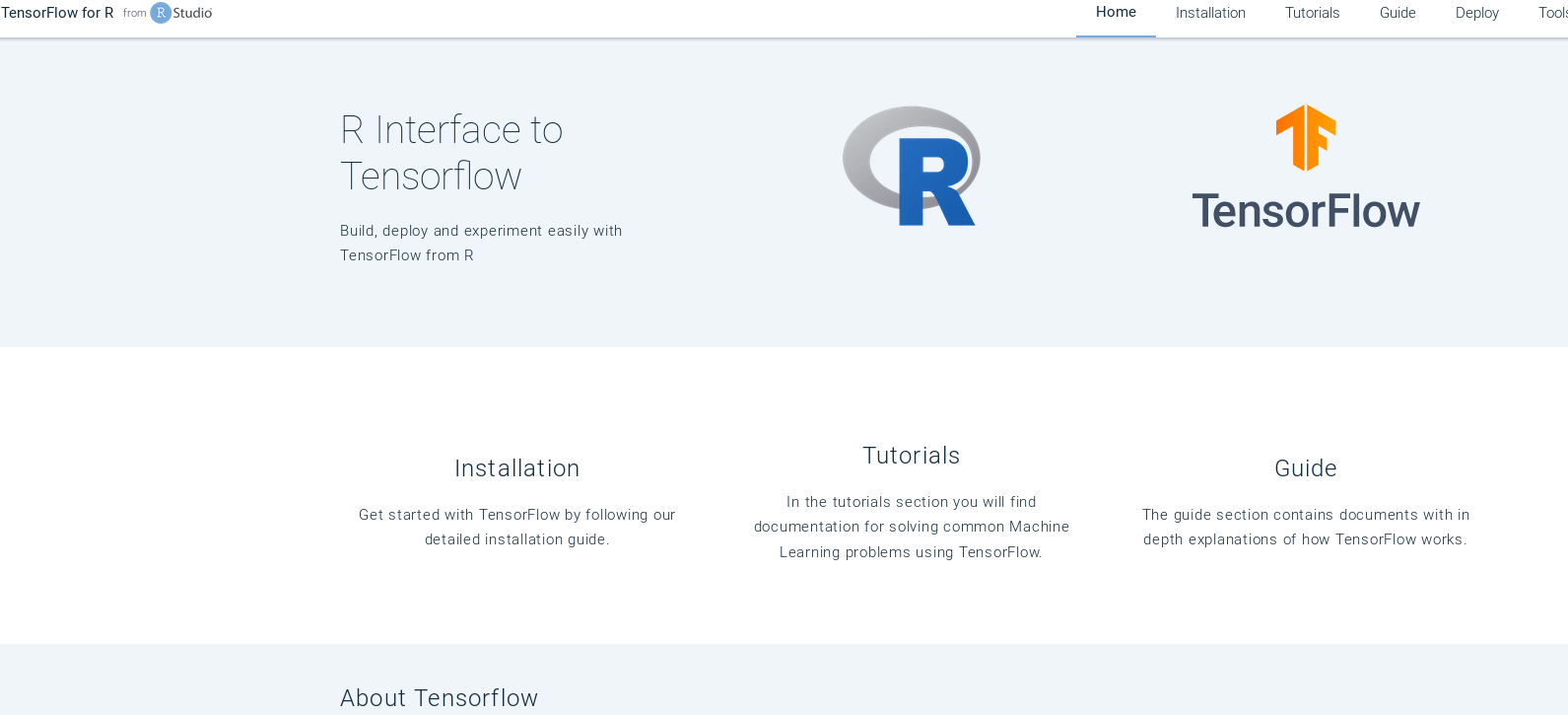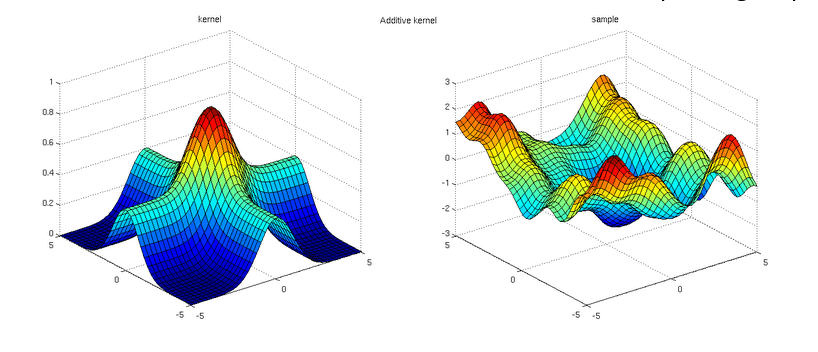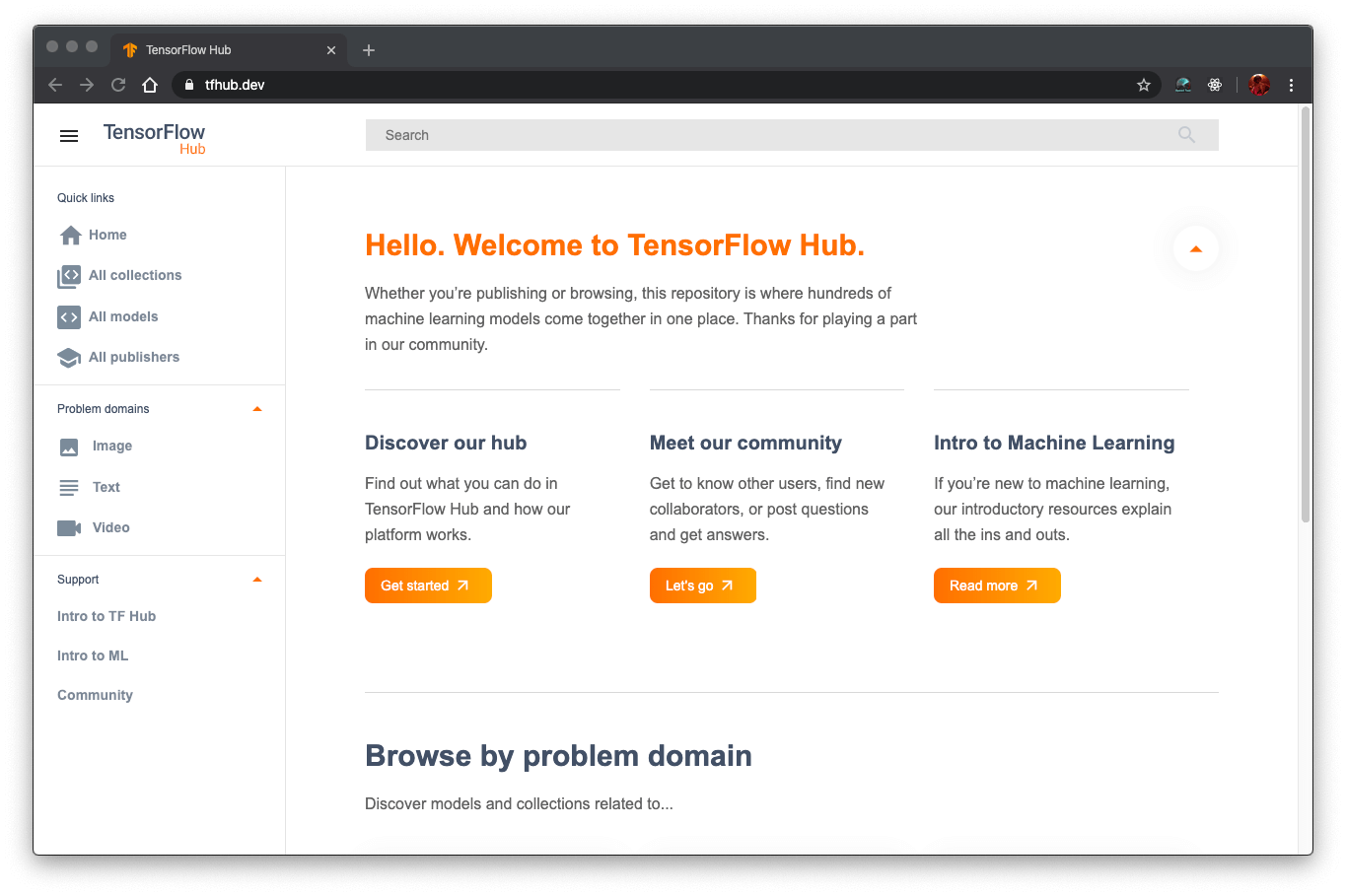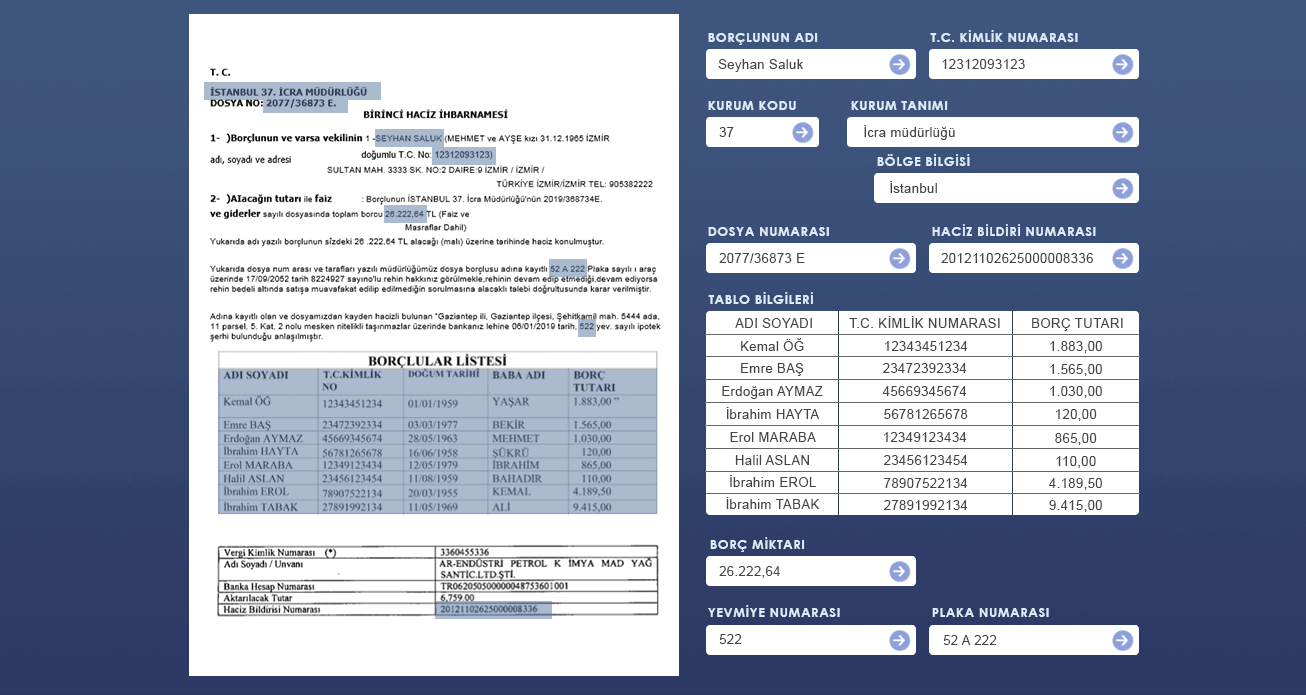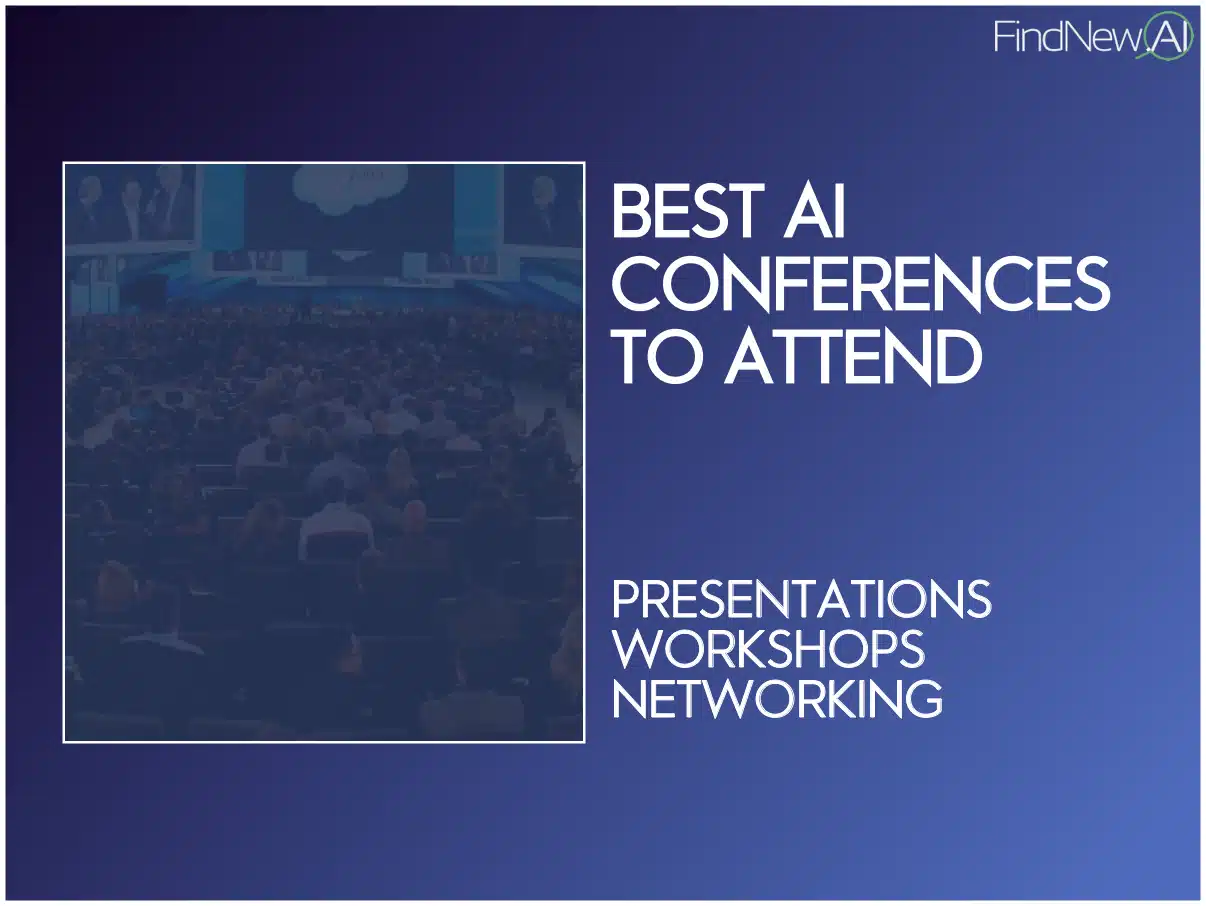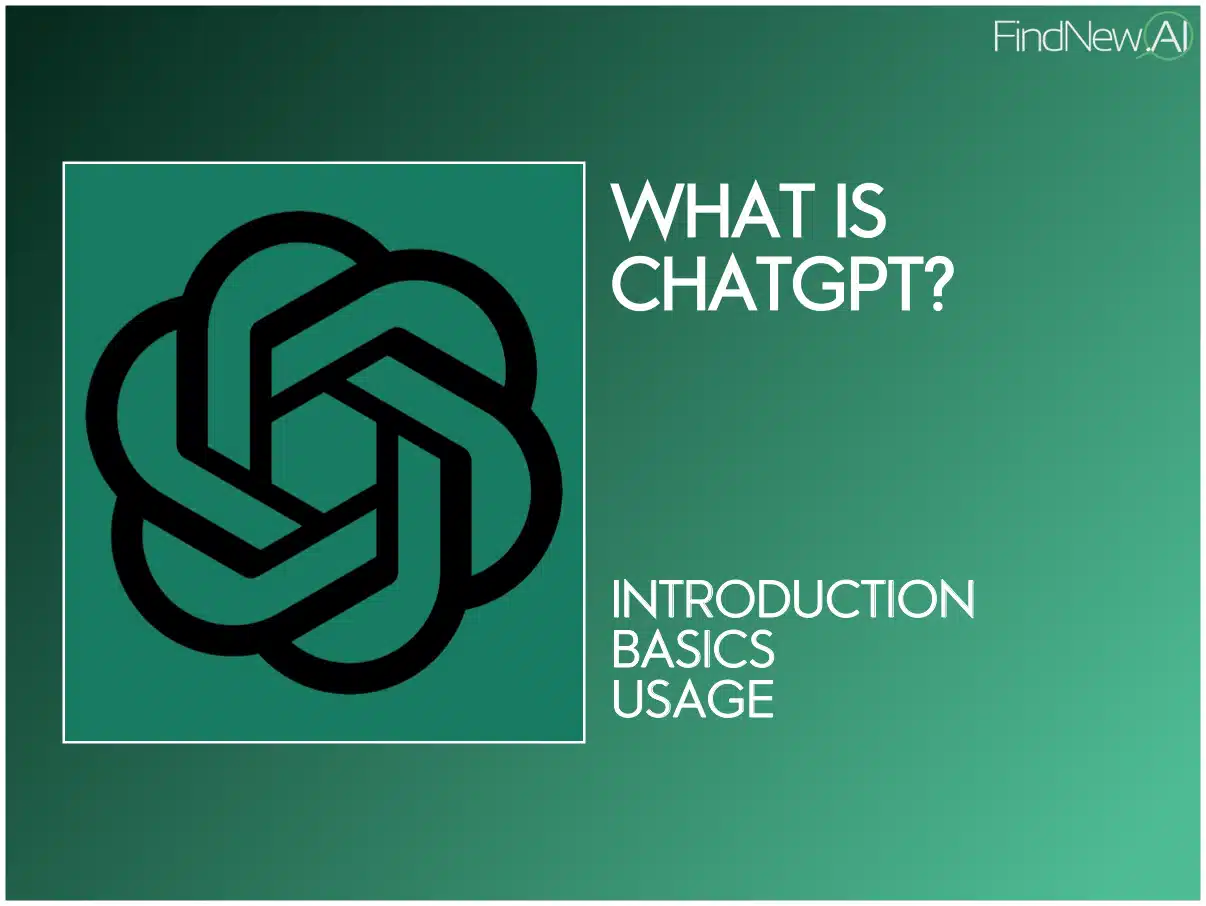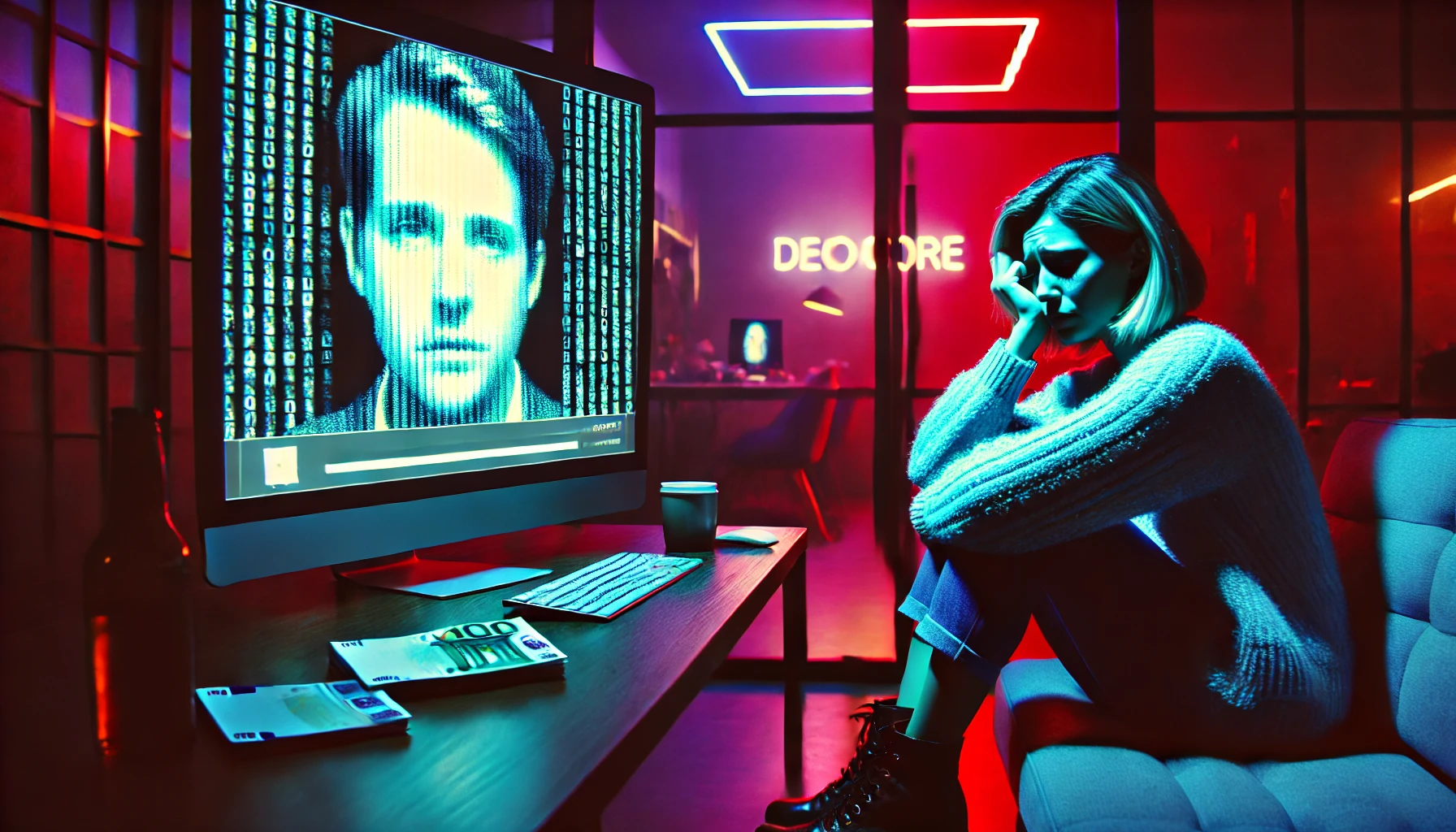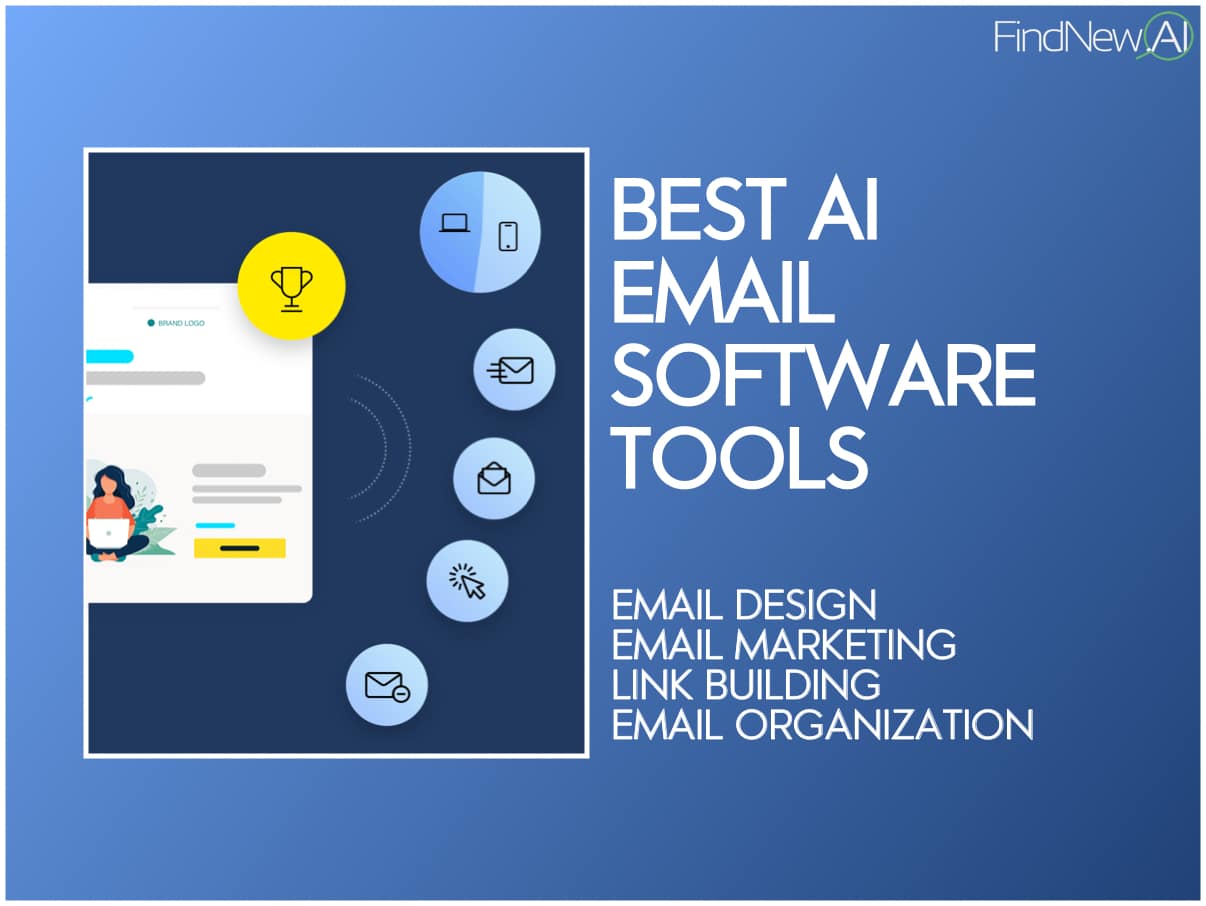The Ghibli art craze that broke the internet (and OpenAI’s GPUs)
When OpenAI released its latest image generator a few days ago, they probably didn’t expect it to bring the internet to its knees. But that’s more or less what happened, as millions of people rushed to transform their pets, selfies, and favorite memes into something that looked like it came straight out of a Studio Ghibli movie. For anyone unfamiliar, Studio Ghibli is the legendary Japanese animation studio behind Spirited Away, Kiki’s Delivery Service, and Princess Mononoke. Its soft, hand-drawn style and magical settings are instantly recognizable – and surprisingly easy to mimic using OpenAI’s new model. At least, for The post The Ghibli art craze that broke the internet (and OpenAI’s GPUs) appeared first on DailyAI.

When OpenAI released its latest image generator a few days ago, they probably didn’t expect it to bring the internet to its knees.
But that’s more or less what happened, as millions of people rushed to transform their pets, selfies, and favorite memes into something that looked like it came straight out of a Studio Ghibli movie.
For anyone unfamiliar, Studio Ghibli is the legendary Japanese animation studio behind Spirited Away, Kiki’s Delivery Service, and Princess Mononoke. Its soft, hand-drawn style and magical settings are instantly recognizable – and surprisingly easy to mimic using OpenAI’s new model. At least, for a little while.
Users discovered that by uploading a photo and typing in a prompt like “in the style of Studio Ghibli,” they could generate remarkably accurate results.
The tool seemed unusually good at pulling off that specific look, and social media filled up with anime versions of people’s cats, family portraits, and inside jokes.
Even OpenAI CEO Sam Altman even changed his own profile photo to a Ghibli-style image and posted on X:
can yall please chill on generating images this is insane our team needs sleep
— Sam Altman (@sama) March 30, 2025
At one point, over a million people had signed up to ChatGPT within an hour.
Then, quietly, it stopped working for many.
Users started to notice that prompts referencing Ghibli, or even trying to describe the style more indirectly, no longer returned the same results.
Some prompts were rejected altogether. Others just produced generic art that looked nothing like what had been going viral the day before. Many are speculating now that the model was updated. OpenAI had rolled out copyright restrictions behind the scenes.
This sort of thing isn’t new. It happened with DALL·E as well. The model launches with more flexibility, catches fire online, then gets quietly dialed back, often in response to legal concerns or internal policies. The original version of DALL·E could do things that were later disabled. The same seems to be happening here.
One commenter explained:
“The problem is it actually goes like this: Closed model releases which is much better than anything we have. Closed model gets heavily nerfed. Open source model comes out that’s getting close to the nerfed version.”
OpenAI’s sudden retreat has left many users looking elsewhere. And while no other tool replicates the exact simplicity of OpenAI’s interface, some are turning to open-source models, such as Flux, developed by Black Forest Labs from Stability AI.
Unlike OpenAI’s tools, Flux doesn’t apply server-side restrictions, and it hasn’t filtered out prompts referencing Ghibli-style imagery.
Control doesn’t mean open-source tools avoid ethical issue, of course. Models like Flux are often trained on the same kind of scraped data that fuels debates around style, consent, and copyright.
The difference is, they aren’t subject to corporate risk management – meaning the creative freedom is wider, but so is the grey area.
The post The Ghibli art craze that broke the internet (and OpenAI’s GPUs) appeared first on DailyAI.































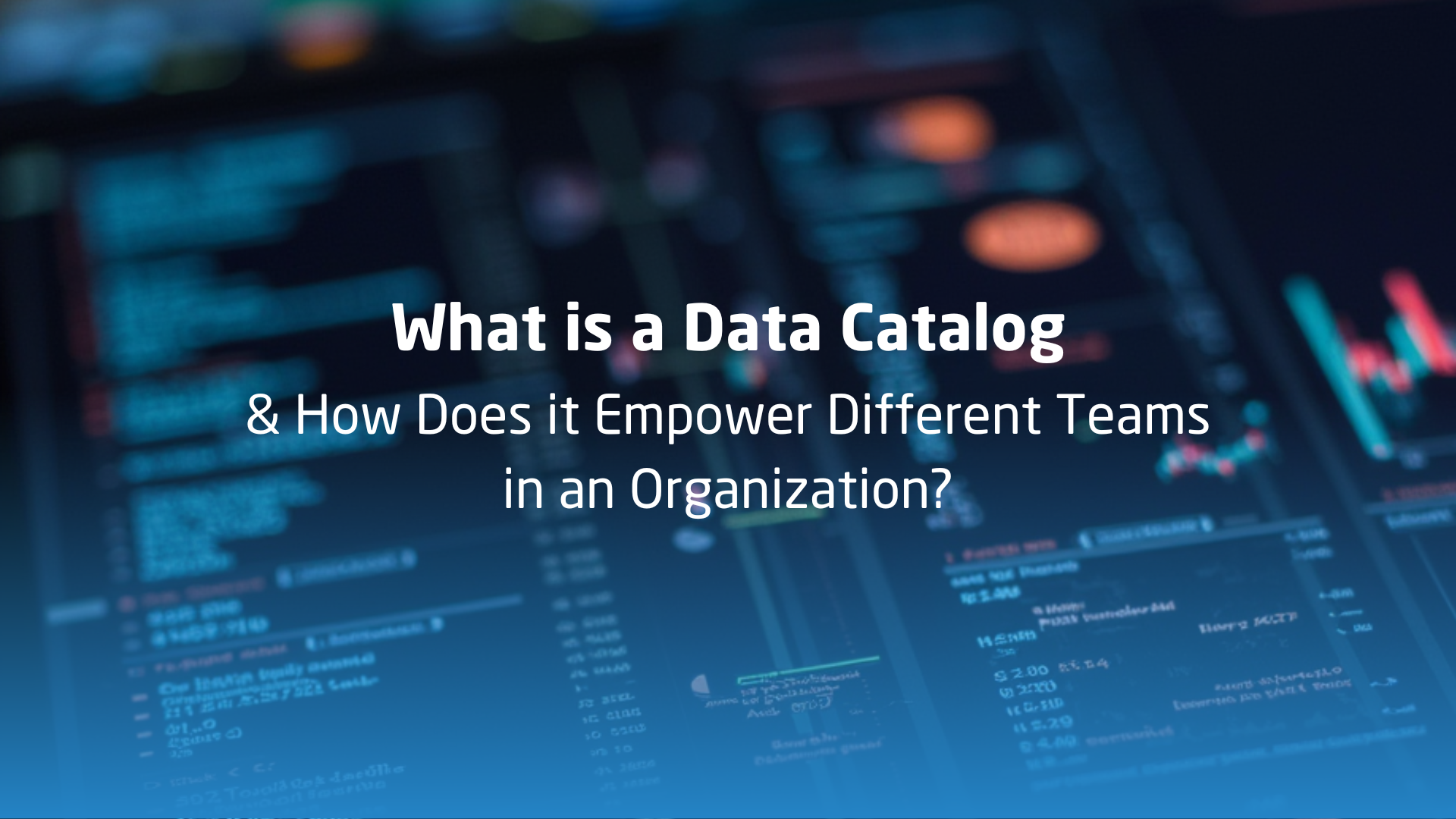














![[The AI Show Episode 142]: ChatGPT’s New Image Generator, Studio Ghibli Craze and Backlash, Gemini 2.5, OpenAI Academy, 4o Updates, Vibe Marketing & xAI Acquires X](https://www.marketingaiinstitute.com/hubfs/ep%20142%20cover.png)
















